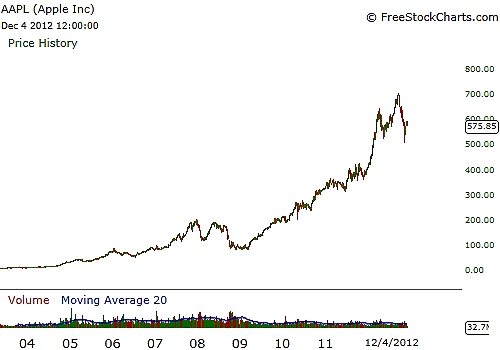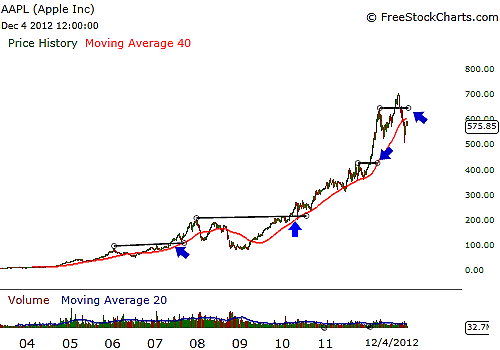Position: Hold
| Tune into the stock market on any given day and, most
often than not, they are efficient in that all the available and
unavailable information that pertains to them are already reflected in
the current price. As a result, most of the time, prices will move
randomly with no real force in any given direction and just drift
aimlessly. If the markets were to trade in such a random fashion, most
traders would be profitable, but the reality of attempting to trade such
randomness is simply not profitable in the long run. Worse, it will be a
fruitless and frustrating experience for the trader who can't overcome
such randomness and identify those times in a stock or underlying
instrument where price is slightly less random and statistically biased
to form a sound trading edge. A reliable trading approach factors in positive expectancy where, over a series of trades, winners and losers are lumped together with their results averaged out and an expected value is calculated, the probability-weighted average of the payouts. Before either of these critical calculations can be formed in favorable terms, you have to have a trading edge that gives you a higher level of profitability and/or reward/risk ratio. See Figure 1. |

|
| FIGURE 1: B&H. A buy & hold strategy attempts to use time as its trading edge, but that is based on the premise that all stocks go up, no matter what, which is a bit flawed. No one can predict the future or be promised that a stock will eternally go up. |
| In theory, even a true zero-expectancy game can be traded in a
random trading environment and break even but, as usual, reality is
altogether different. In reality, costs such as commissions, slippage,
missed trades, lack of discipline, missed profit targets, hesitation,
and other factors can form a hurdle for traders who enter into trading
without having accounted for them in the first place. Having laid the groundwork up to this point, the question remains how to find and develop a significant trading edge in order to develop an approach that suits your personality and forms the foundation of successful trading with positive expectancy and expected value. All trading edges start with observation that leads to a premise that acts as the starting point for a quantified trading edge. |

|
| FIGURE 2: AAPL, WEEKLY. Using the weekly chart, a 40-day simple moving average (SMA), and entering on AAPL's all-time high when the stock is trading above its 40-day SMA, you have a defined edge to exploit price action at its rising while exiting the market when price trades below a pivot low and the 40-day SMA. This combination of strategies keep you in the trade when it is moving in your direction without the risk of being exposed to the market until all the trading edges align in a low-risk setup. |
In a perfect world, price would have no memory or recall of where it began or where it came from, but again, in reality, market memory is not the result of price but of the human beings who trade price altogether. If we observe that humans remember where price has come from then see price come to some price level, like support or resistance, then you can form the premise that most traders will trade off of support or resistance, depending on the context at the time, and the trade becomes a self-fulfilling prophecy. You can form an approach that trades between support and resistance since other traders and investors that make up the market are likely to lie in waiting at those price levels and ride the momentum back and forth between them. See Figure 2. |
| You can take it a step further by using moving
averages to filter out which side you trade -- support or resistance --
to only take the trades that are likely to improve your profitability
and risk/reward ratio overall, the two key metrics of your trading edge. The important thing is to track your results and then make concerted steps to improve each component -- positive expectancy, expectancy value, profitability, risk/reward ratio -- to refine your edge. More important, by tracking your results you can determine when a trading edge has lost its statistical bias and step away until it returns. Finally, remember, the most important thing about trading edges is to use them to develop a trading approach that matches your personality so you are psychologically able to keep following it even during losing streaks; otherwise, you may not bother following it at all. |
No comments:
Post a Comment
Note: Only a member of this blog may post a comment.